7 Steps to Starting a Successful Blog in 2023
Learn the 7 steps to starting a successful blog in 2023. From choosing your niche and domain name, to creating engaging content and promoting your blog, this guide has you covered. Discover tips on monetization and staying up-to-date with blogging strategies. Start your exciting blogging journey now!
If you’ve ever considered starting your own blog, now is the perfect time to make it happen! In this article, we’ll take you through 7 easy steps to help you start a successful blog in 2023. From choosing the perfect niche and domain name to creating engaging content and promoting your blog, we’ve got you covered. We’ll also share tips on how to monetize your blog through affiliate marketing, advertising, and selling products. Remember to stay up-to-date with the latest blogging strategies to ensure your blog’s success. So, grab a cup of coffee and get ready to embark on this exciting journey!
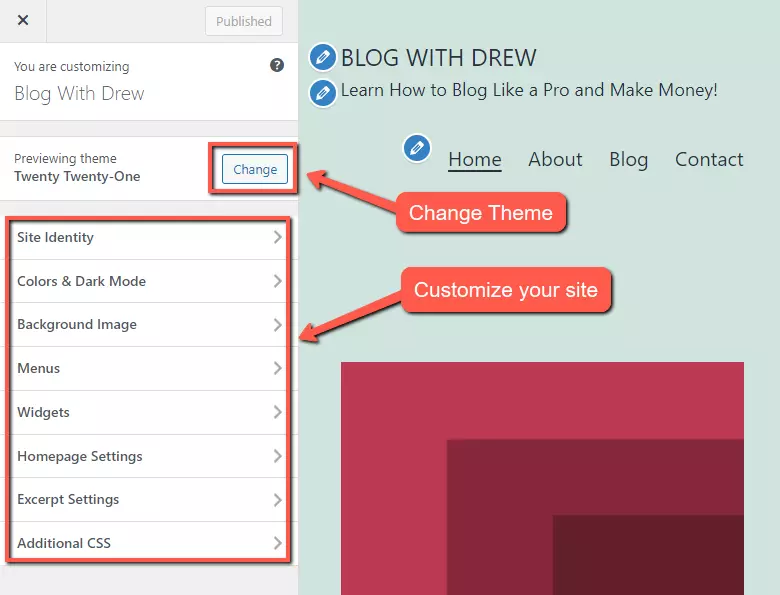
Choose a niche and domain name
Starting a successful blog begins with choosing a niche and a domain name that align with your interests or experiences. Your niche should be a topic that you are passionate about, as this will make it easier to consistently create engaging content. Consider your personal interests, hobbies, or life experiences and choose a niche that allows you to share your expertise and connect with your target audience.
When choosing a domain name, it’s important to consider your target audience and the competition in your niche. Your domain name should be easy to remember, relevant to your blog’s topic, and unique. Avoid using numbers or hyphens in your domain name, as this can make it harder for people to remember and type correctly.
Here are some tips for choosing a domain name:
- Keep it short and simple: Choose a domain name that is concise and easy to spell.
- Make it memorable: Pick a name that stands out and leaves a lasting impression on your audience.
- Use keywords: Incorporate relevant keywords in your domain name to make it more discoverable by search engines.
- Consider your branding: Your domain name should align with your blog’s branding and overall message.
- Use a domain registrar like Namecheap: It’s recommended to use a reputable domain registrar like Namecheap instead of relying on free domain offers from hosting providers. This will give you full control and ownership over your domain.
Set up a WordPress blog
Once you’ve chosen your niche and domain name, it’s time to set up your WordPress blog. WordPress is a popular and user-friendly platform that allows you to create and manage your blog with ease. To get started, you’ll need a hosting provider like Bluehost, which offers reliable hosting services specifically optimized for WordPress.
When choosing a hosting provider, consider factors such as affordability, reliability, customer support, and performance. Bluehost is a recommended option for WordPress blogs due to its excellent reputation and specialized WordPress hosting plans.
To set up your blog with Bluehost, follow these steps:
- Choose a hosting plan: Bluehost offers different hosting plans, and it’s important to choose one that suits your needs. Shared hosting is a good option for beginners, while managed WordPress hosting provides additional features and optimization for WordPress sites.
- Register your domain: During the signup process, you can either register a new domain or use an existing one. Bluehost offers a free domain for the first year with any hosting plan.
- Install WordPress: Bluehost provides a simple installation process for WordPress. After signing up, you’ll be guided through the installation steps, which include choosing a domain for your blog and setting up WordPress.
Once WordPress is installed, you’ll have access to a user-friendly dashboard where you can customize your blog’s appearance, create and publish content, and install plugins to enhance its functionality.
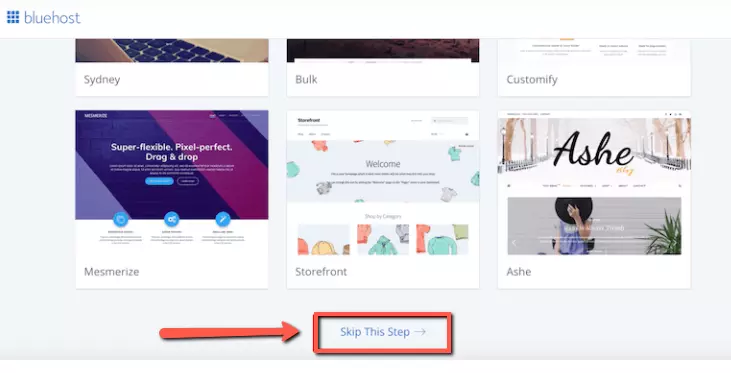
Install essential plugins
Plugins are extensions that add new features and functionality to your WordPress blog. They play a crucial role in securing your website, optimizing it for search engines, improving its performance, and enhancing the overall user experience.
Here are some essential plugins to consider installing:
- Security plugins: Protect your blog from malware, hackers, and other security threats by installing plugins like Wordfence or Sucuri. These plugins monitor and scan your website for vulnerabilities, and can help prevent potential security breaches.
- SEO plugins: Improve your blog’s visibility and ranking in search engines by installing plugins like Yoast SEO or Rank Math. These plugins provide on-page optimization tools, such as keyword analysis, meta tag optimization, and XML sitemap creation.
- Performance plugins: Optimize your website’s speed and performance by installing plugins like WP Super Cache or W3 Total Cache. These plugins help minimize page load times and improve overall user experience.
- Social media sharing plugins: Make it easy for your readers to share your content on social media platforms by installing plugins like ShareThis or AddToAny. These plugins add social sharing buttons to your blog posts, increasing the reach and engagement of your content.
It’s important to choose plugins that are regularly updated, have good ratings and reviews, and are compatible with the latest version of WordPress. Be mindful not to install too many plugins, as this can slow down your website’s performance.
Create engaging content
Engaging content is the heart of a successful blog. To create content that resonates with your audience and keeps them coming back for more, follow these tips:
- Research and plan blog post topics: Identify the topics and keywords that are relevant to your niche and of interest to your target audience. Conduct keyword research to discover popular search terms and use them as inspiration for your blog post ideas.
- Write high-quality and original content: Aim to provide valuable and unique content that stands out from the competition. Share your expertise, experiences, and insights to establish yourself as an authority in your niche.
- Use catchy headlines and formatting techniques: Grab your readers’ attention with compelling headlines that accurately represent the content of your blog posts. Use formatting techniques such as bullet points, subheadings, and bold or italicized text to make your content easier to read and digest.
- Include multimedia elements in your posts: Enhance your blog posts with visuals such as images, infographics, or videos. Visual content not only makes your blog more visually appealing but also helps convey information in a more engaging way.
Remember to proofread your content for grammar and spelling errors before publishing. Consistency is key, so aim to publish new blog posts regularly to keep your audience engaged.
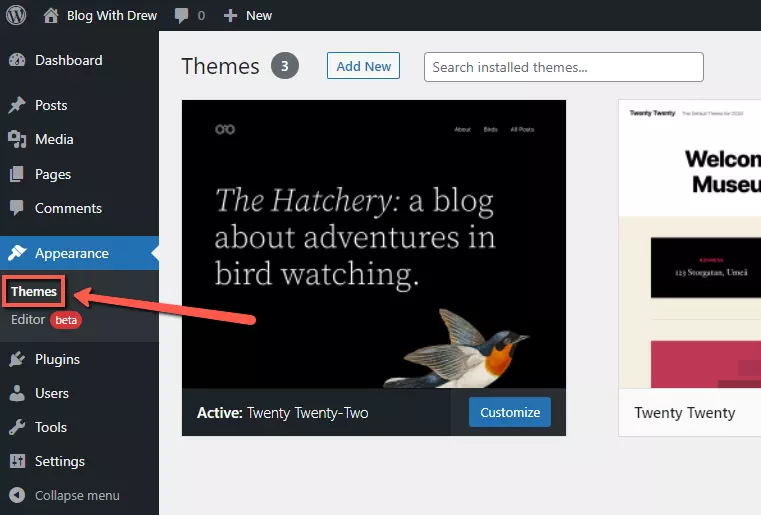
Promote your blog
Promoting your blog is essential to increase its visibility, attract more readers, and build a loyal audience. Here are some effective ways to promote your blog:
- Leverage social media platforms: Create dedicated social media accounts for your blog on platforms like Instagram, Facebook, Twitter, or LinkedIn. Share your blog posts, engage with your followers, and participate in relevant discussions and communities.
- Participate in blogging communities and forums: Join online communities and forums related to your niche, and actively engage with other bloggers and individuals interested in your topic. Share your expertise, provide valuable insights, and include a link to your blog in your profile or signature.
- Guest post on other relevant blogs: Reach out to other bloggers in your niche and offer to write guest posts for their blogs. This can help you tap into their existing audience, gain exposure, and build backlinks to your own blog.
- Engage with your audience through comments: Encourage your readers to leave comments on your blog posts and respond to them in a timely manner. Building a sense of community and fostering meaningful conversations can help retain readers and attract new ones.
Remember to regularly promote and share your blog content to ensure it reaches a wider audience and achieves maximum impact.
Monetize your blog
Once your blog has gained traction and a steady stream of traffic, you can explore various monetization strategies to generate income. Here are some common ways to monetize your blog:
- Affiliate marketing: Join affiliate programs and promote products or services related to your blog’s niche. Earn a commission for each sale or referral made through your affiliate links.
- Advertising: Display advertisements on your blog through ad networks like Google AdSense or affiliate advertising networks. Earn revenue based on clicks or impressions generated by the ads.
- Selling products or services: Create and sell your own products or services, such as eBooks, online courses, consulting services, or merchandise related to your niche.
- Create a newsletter to attract subscribers: Build an email list by offering a newsletter or free downloadable resources to your readers. Utilize your email list to promote your products or affiliate offers.
It’s important to strike a balance between monetization and maintaining the trust and loyalty of your audience. Be transparent about any sponsored content or affiliate partnerships, and focus on providing value to your readers.
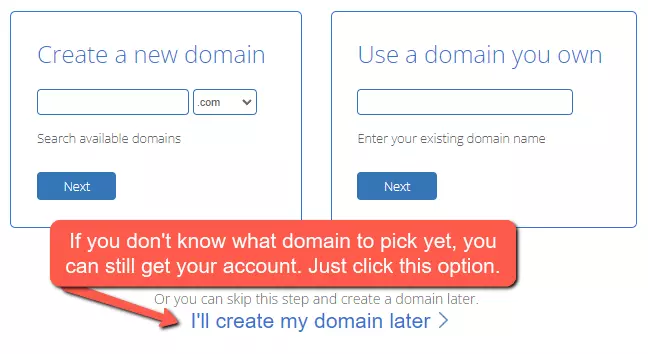
Stay up-to-date with blogging strategies
The blogging landscape is constantly evolving, and it’s crucial to stay up-to-date with the latest trends and strategies. Here’s how to keep yourself informed and ahead of the curve:
- Follow industry influencers and experts: Identify and follow influential bloggers, marketers, and industry leaders in your niche. Subscribe to their blogs, newsletters, and social media channels to stay informed about the latest news and insights.
- Read relevant blogs and publications: Regularly read other blogs and publications related to your niche to gain inspiration, expand your knowledge, and stay updated on industry trends.
- Attend blogging conferences and webinars: Look for industry conferences and webinars that focus on blogging and digital marketing. These events provide valuable networking opportunities and educational sessions led by experts in the field.
- Experiment with new techniques and approaches: Stay open to trying new strategies and techniques to see what works best for your blog. Analyze your results, track your progress, and adjust your approach based on data insights and feedback from your audience.
By staying informed and adapting to the ever-changing blogging landscape, you’ll be able to consistently improve your blog’s performance and meet the evolving needs of your audience.
Choose a WordPress theme
While optional during the setup process, choosing the right WordPress theme is important for the overall look and functionality of your blog. Here are some considerations when selecting a WordPress theme:
- Explore free themes on the WordPress theme directory: WordPress offers a wide range of free themes that you can browse and install directly from your WordPress dashboard. These themes are designed by professional developers and are regularly updated for compatibility and security.
- Consider premium themes for more customization options: If you’re looking for more advanced customization options and additional features, consider investing in a premium theme. Premium themes are typically more flexible and offer better support and documentation.
- Ensure theme compatibility and support: Before installing a theme, check its compatibility with your version of WordPress and any plugins you have installed. Additionally, research the theme’s developer or company to ensure they have a good reputation and provide reliable support.
Remember to choose a theme that reflects your blog’s branding and aligns with your content. A visually appealing and user-friendly theme can enhance the overall user experience and make your blog more enjoyable to navigate.
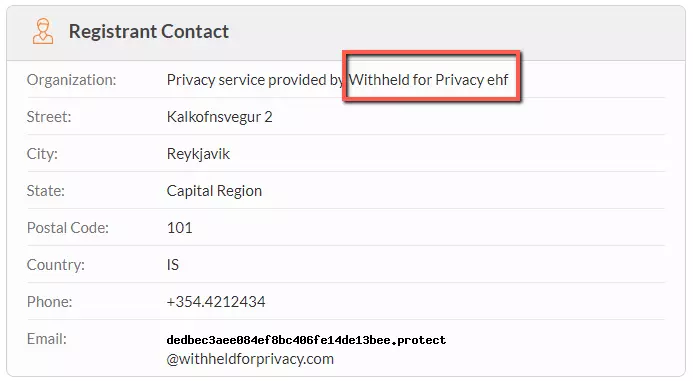
Optimize your blog for SEO
Search engine optimization (SEO) plays a crucial role in increasing your blog’s visibility and attracting organic traffic from search engines. Here are some key steps to optimize your blog for SEO:
- Research and target relevant keywords: Identify keywords and search terms that your target audience uses when looking for content in your niche. Incorporate these keywords naturally into your blog posts, headings, and meta tags.
- Optimize meta descriptions and title tags: Write compelling meta descriptions and title tags that accurately describe the content of your blog posts. These elements appear in search engine results and can influence click-through rates.
- Organize your blog’s structure with categories and tags: Categorize your blog posts into relevant categories and use descriptive tags to help search engines understand the structure and topic of your blog.
- Create a sitemap and submit it to search engines: A sitemap is a file that lists all the pages on your blog and helps search engines crawl and index your content more efficiently. Generate a sitemap using a plugin like Yoast SEO and submit it to search engines like Google and Bing.
Regularly monitor your blog’s keyword rankings and search engine visibility to identify areas for improvement. Stay informed about the latest SEO best practices and algorithm updates to ensure your blog remains optimized.
Measure and analyze blog performance
To gauge the success of your blog and make data-driven decisions, it’s important to measure and analyze its performance. Here are some key steps to measure and analyze your blog’s performance:
- Set up Google Analytics for tracking: Install Google Analytics on your blog to track important metrics such as website traffic, user behavior, and engagement. This powerful tool provides valuable insights into your audience, their preferences, and the performance of your content.
- Monitor website traffic and user behavior: Analyze your blog’s traffic sources, page views, bounce rate, and average session duration to understand how users interact with your blog. Identifying trends and patterns can help you optimize your content and user experience.
- Analyze popular and engaging content: Identify which blog posts are most popular and generate the most engagement. Assess the reasons behind their success and use those insights to create similar content in the future.
- Adjust strategies based on data insights: Use the data and insights gathered from Google Analytics to make data-driven decisions. Fine-tune your content strategy, marketing efforts, and monetization methods based on the performance and preferences of your audience.
Regularly review and analyze your blog’s performance to identify areas of improvement and capitalize on successful strategies. By constantly refining your approach, you can ensure your blog continues to grow and thrive.

